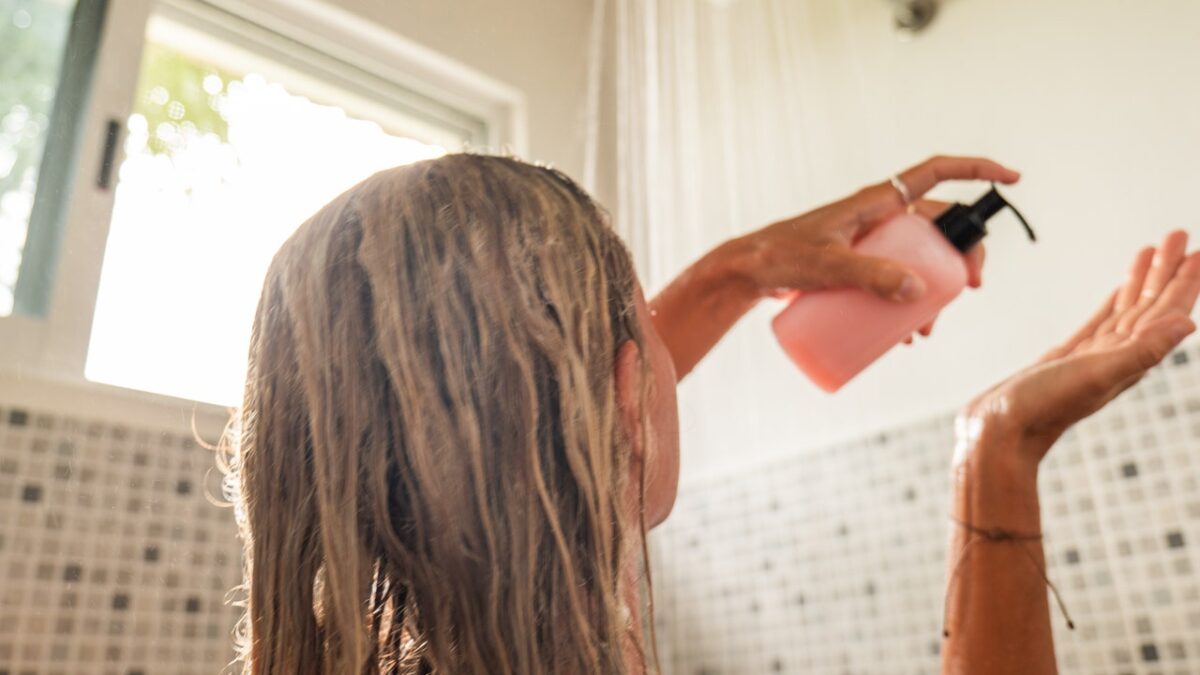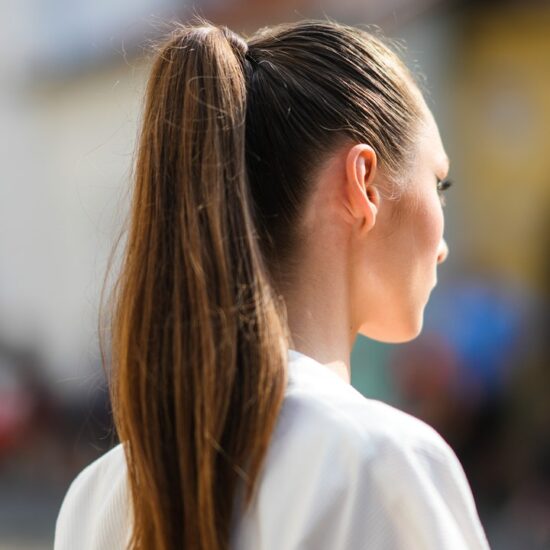
Washing your hair might seem pretty straightforward, but not knowing how to use conditioner is one of the most common hair care mistakes you can make, according to hairstylists.
Isn’t conditioner sort of self-explanatory? Well, not really, seeing as multiple top stylists from across the country cite improper conditioning as the biggest hair care no-no their clients are guilty of. First things first: Yes, you really should be regularly conditioning your hair, so make sure not to skip it after you shampoo.
“I would never skip the conditioner when shampooing my hair,” says Jenna Spino, hairstylist at Chicago’s Maxine Salon. “Many people think conditioner will make their hair flat, but even those with fine hair need a little conditioner, even if it’s just on the the ends.”
In fact, conditioner helps restore your hair after cleansing. “Shampoo removes grease and dirt, but it also strips the hair of its natural oils that keep the hair moisturized,” Spino says.
Read on for exactly how (and where) to use conditioner when you shower.
Wring out hair before conditioning.
A big conditioning mistake is using product on hair that’s still too wet. “Another hair care no-no is applying conditioner onto hair lengths without squeezing out water first,” says hairstylist and L’Oréal Professionnel global ambassador Min Kim. “Hair is a fiber; squeezing out the excess water before applying conditioner allows the conditioner to penetrate instead of rolling off hair that’s saturated with water.”
Translation? Just like with a sponge—or beauty blender—your hair won’t properly absorb what’s being applied if it’s still soaking wet.
Apply conditioner to midlengths and ends.
Now, onto technique: After wringing out your hair, be sure not to put any conditioner on your roots but instead to focus on your midlengths and ends. “Applying to the roots is unnecessary as this is newer hair that doesn’t require conditioning, unless you’re naturally curly, and can leave hair feeling flat especially if you’re on the fine side,” Kim explains.
Celebrity hairstylist Marc Mena agrees, sharing that built-up conditioner is not great for direct contact with skin. “It makes your hair and scalp greasy, and let’s say you’re using a conditioner that has silicone in it, it starts to drip into your skin, clogs your pores, and can cause breakouts on your back and skin,” he says. “And after a while, using too much conditioner in the scalp increases buildup, clogs your hair follicles, and can cause hair loss.”
This is an especially important rule to follow if your hair is naturally fine or limp, adds New York City hairstylist Dan Williams. “This will only cause your hair to get flat and greasy,” he says. So if you’re looking for volume, avoid the roots at all costs.
Rinse out all of the product.
On that note, another common mistake is not rinsing conditioner thoroughly enough once you’re done. “Be sure to rinse well,” Spino says; otherwise, your hair could dry feeling greasy and flat. A good way to measure whether the product is out of your hair is when the slippery texture and feeling of conditioner has completely gone away.
Shower conditioner isn’t always enough.
Sometimes the product you use in the shower isn’t enough to keep your hair adequately hydrated. “I think leave-in conditioners are often forgotten,” says Bronwen Robinson, senior stylist at New York City’s Suite Caroline Salon. “Traditional conditioners and hair masks are great and do add moisture and protection for the hair; however, much of it is still rinsed away in the shower. Leave-in conditioners come in spray, lotion, serum, or cream form to suit the needs of different textures.”









